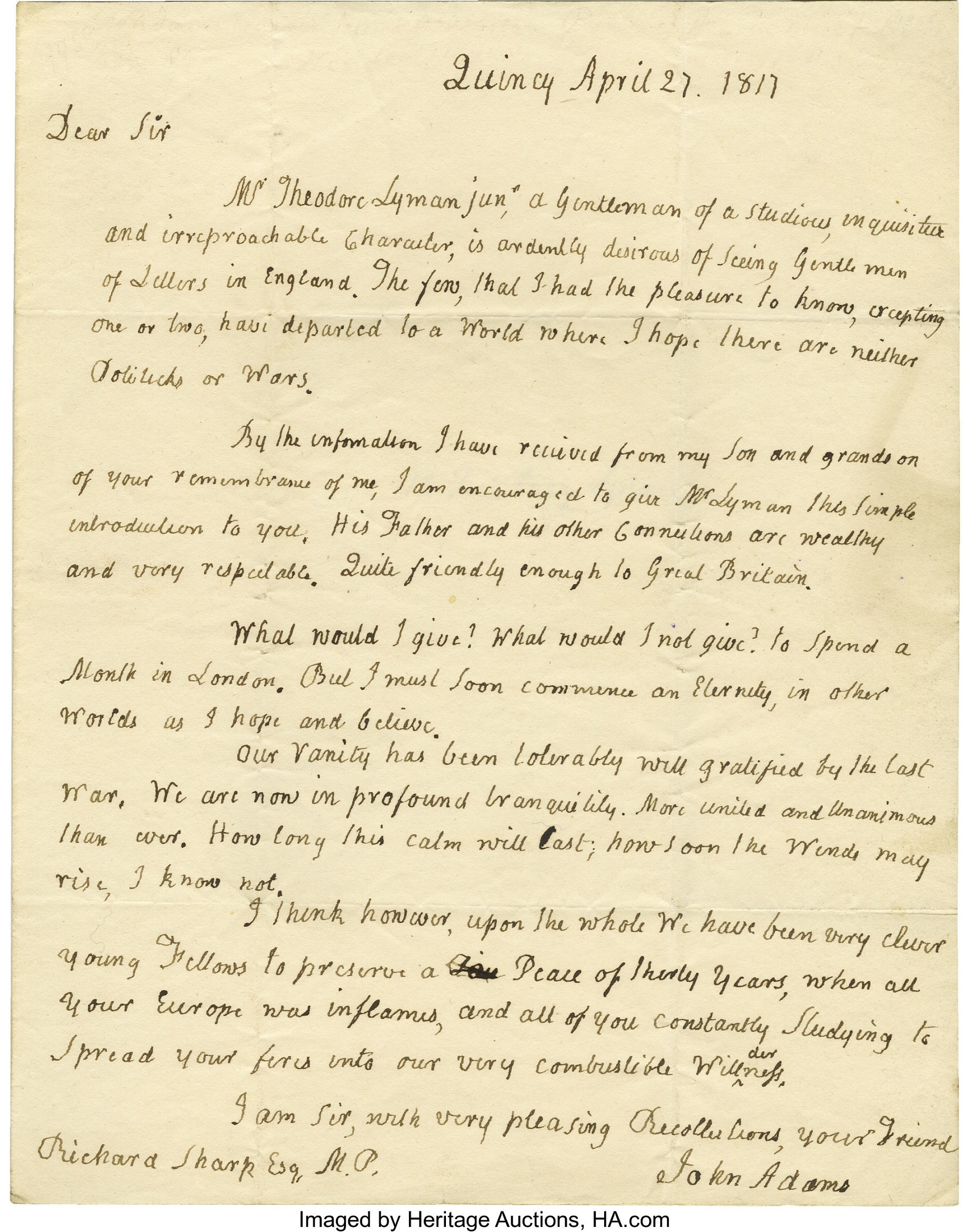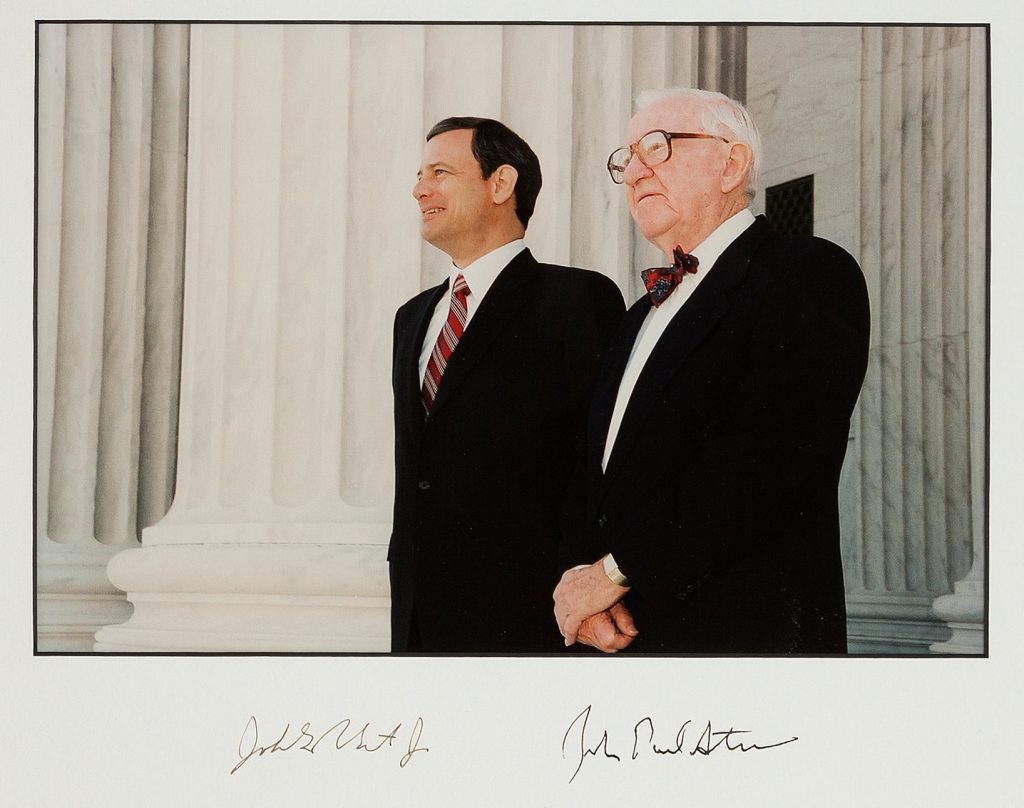
By Jim O’Neal
One of the better-known historical dates of synchronicity is July 4, 1826. The 50th anniversary of the signing of the Declaration of Independence and the deaths of presidents John Adams and Thomas Jefferson. The lives and careers of these two men were uniquely intertwined many years before the formation of the United States and during the first 20 years of formal governance.
As the 50th anniversary of American independence grew near, there were widespread requests across the nation for people to share their perspectives on the events that led to this revolution and their personal memories, wisdom and the outcome of their actions. Many believed this was more divine intervention than mere coincidence. A special committee was formed to organize an event in Washington, D.C., featuring Adams, Jefferson and Charles Carroll of Maryland … the only three of the original 56 signatories still alive.
Both Adams and Jefferson were physical relics by then and unable to travel. Jefferson, however, managed to pen a reply in one final spasm of eloquence that electrified the Washington event attendees. He borrowed heavily from a speech by Englishman Richard Rumbold, a Puritan soldier convicted of treason and spoken from the gallows in 1685. This practice of using historical rhetoric to bolster effect was not viewed as literary theft or plagiarism. If Adams was “the voice” of revolution, then clearly Jefferson was “the pen.” During his second terms as president, the only known speeches were at his two inaugurations.
The third man, Charles Carroll (1737-1832), also did not attend, but is more than deserving of high praise and admiration. A Maryland planter, he was the wealthiest man in America with a fortune estimated at 2,100,000 pounds sterling. He was the only Catholic of the 56 men who were brave enough to sign the explosive Declaration at risk of British retaliation. He then went a step further and supported Washington’s forces using his personal wealth. There is a valid theory that the inclusion of religion per se in the First Amendment of the Constitution is due to Carroll’s actions.
He was considered to have been the best-educated Founding Father, speaking five languages fluently after 17 years of Jesuit education in France and England, where he joined the bar. He was born in Annapolis, Md., and was the first U.S. senator from that state. Although he owned 1,000 slaves on his 10,000-acre manor, he was vocal in supporting the ending of the practice, calling it “the most evil practice in America.”
There is a dramatic story involving his signing of the Declaration as plain “Charles Carroll” since there were many others with the same name. Upon hearing the comment, he returned to the document and added “of Carrolltown” to be sure the British knew which man to hang. He would later found the Baltimore and Ohio Railroad (B&O), as well as build the Phoenix Shot Tower, which was the tallest building in the nation until the Washington Monument.
Adams and Jefferson started colliding in Washington, D.C., when the first presidential election was held in 1787. It was just assumed that George Washington would be the first president and he was elected unanimously with all 69 electoral votes. It made sense that someone from the North should be vice president and John Adams beat out 10 other contenders. However, few realized that he was humiliated when he only received 34 votes, less than half of Washington’s tally. President Washington started with a small cabinet: Thomas Jefferson (State), Alexander Hamilton (Treasury), Henry Knox (War), and Vice President Adams.
“The vice president of the United States,” stipulated Article 1, Section 3 of the Constitution, “shall be president of the Senate, but shall have no vote, unless they are equally divided.” This is why many have looked on the position as “the most inconsequential position ever devised by man.” Except John Adams hadn’t been at the Constitutional Convention when the discussion was held. So he initially thought he would be debating with senators over policy, but only voting if there was a tie. There are recorded instances where Adams had the floor for nearly an hour! Can you imagine Mike Pence arguing with Chuck Schumer and Mitch McConnel in Senate debates today?
To make the situation worse, President Washington didn’t want him in Cabinet meetings.
Historian David McCullough best describes John Adams as a “brilliant, fiercely independent, often irascible, always honest Yankee Patriot who spared nothing in his zeal for the American Revolution.” My guess is we all have impressions about Thomas Jefferson: a tall, shy thinker who loved wine, books and admired the French. We know about Monticello, his many slaves and his relationship with Sally Hemmings. These were two very different men who somehow helped us through the first 50 years.
Where do you think our future leaders will take us?
I hope they serve Doritos!
 Intelligent Collector blogger JIM O’NEAL is an avid collector and history buff. He is president and CEO of Frito-Lay International [retired] and earlier served as chair and CEO of PepsiCo Restaurants International [KFC Pizza Hut and Taco Bell].
Intelligent Collector blogger JIM O’NEAL is an avid collector and history buff. He is president and CEO of Frito-Lay International [retired] and earlier served as chair and CEO of PepsiCo Restaurants International [KFC Pizza Hut and Taco Bell].

